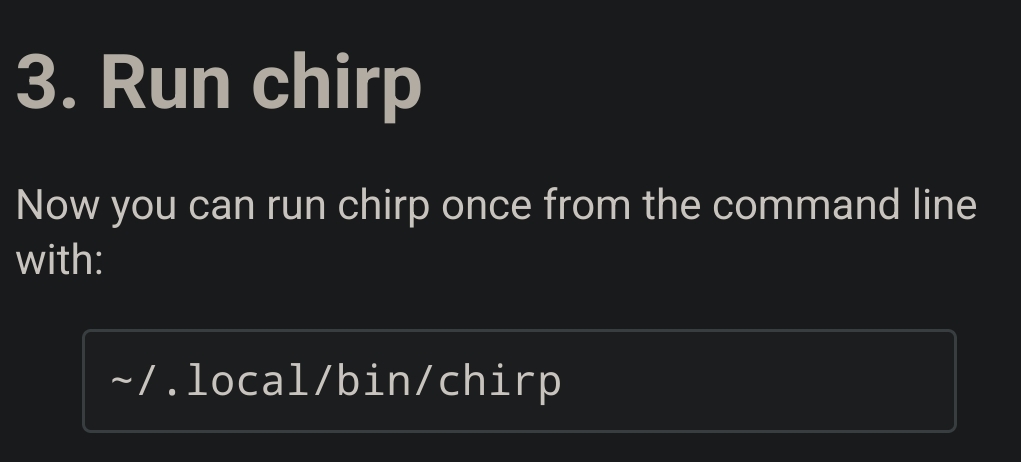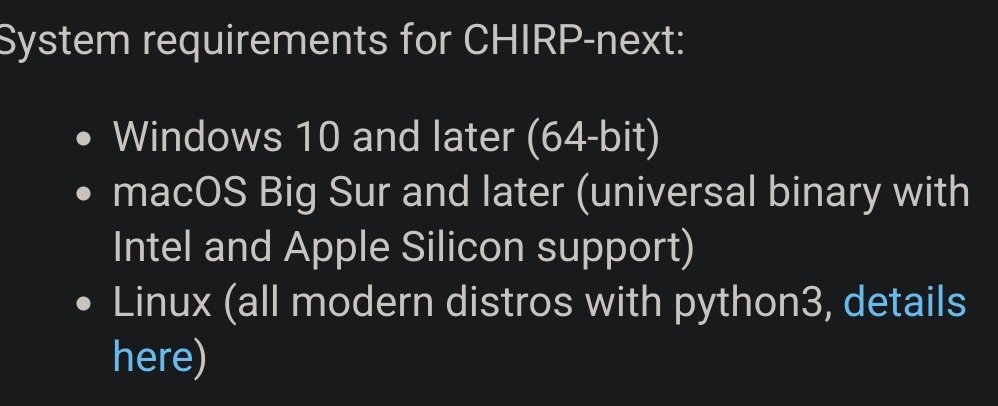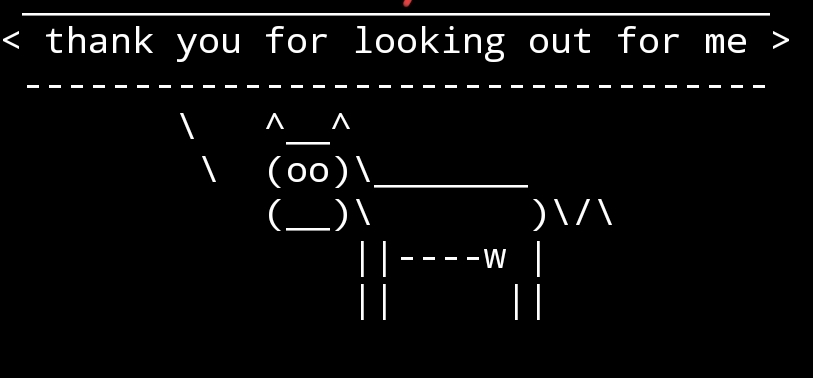Why not try it for yourself on Linux mint first by installing plasma? Plasma 5 is available on mint - I believe Fedora has plasma 6.
I use plasma 6 on my Opensuse Slowroll laptop and plasma 5 on my LMDE desktop.
Overall, I’ve found plasma 6 to run slightly better (I was on plasma 5 on Slowroll too for a long time).
Once you install and try plasma 5 on your current install, that will be a much less disruptive way to see how well it works for you.
After ricing, both plasma 5 and 6 are pretty similar on my setup. The cube desktop effect isn’t there by default on plasma 5 of course.











This is the caveat for me for now.
I’ve got decent RAM on an I9, but my graphics card, which is what matters here, isn’t up to par.